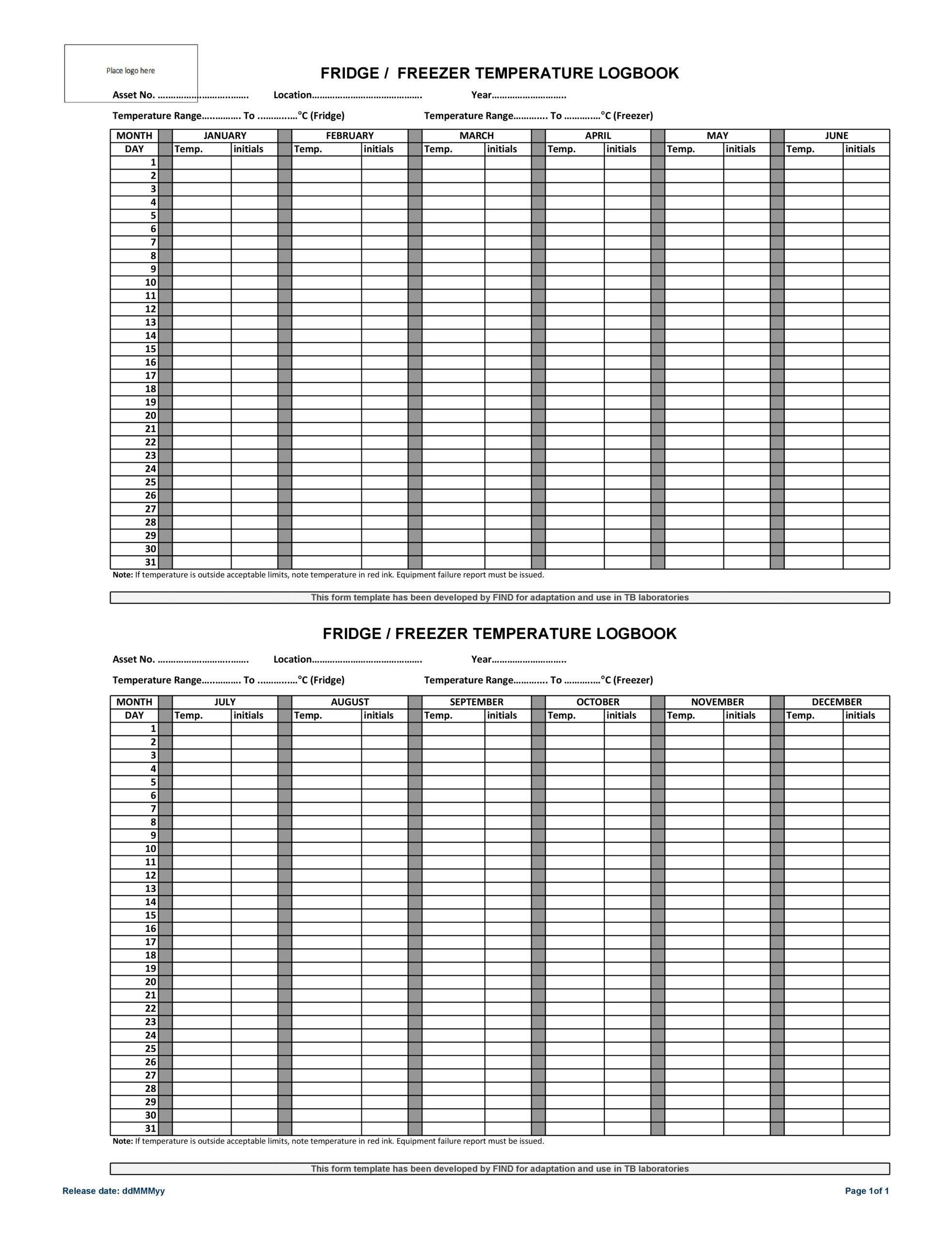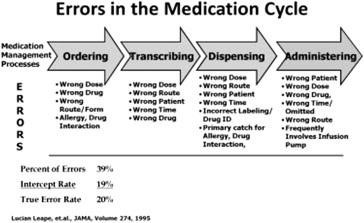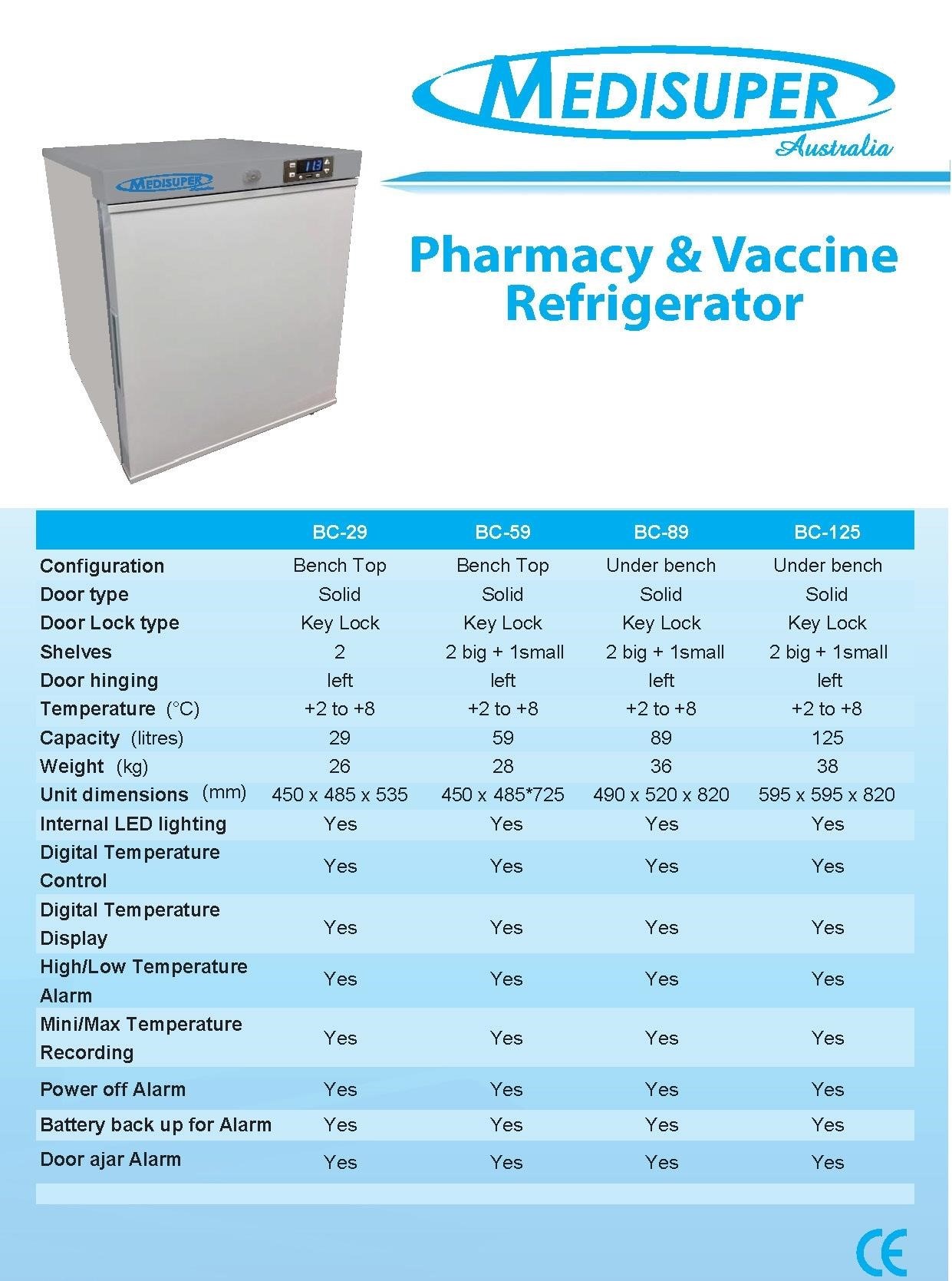2025 Car Release Dates⁚ A Comprehensive Guide
This guide explores the anticipated release timeline for 2025 vehicles, examining influential factors and highlighting key models from various manufacturers, including SUVs, sedans, and electric vehicles. We’ll also discuss potential delays and where to find updates on these exciting new releases.
Expected Release Timeline
While precise dates remain elusive, the 2025 model year’s arrival begins unfolding in late 2024. Many manufacturers adopt a summer/fall release strategy, with dealerships potentially stocking 2025 models as early as mid-2024. October often marks the traditional start of a model year, suggesting a significant wave of 2025 releases around autumn 2024. However, this is a general trend; individual manufacturers will have their own specific launch schedules. Some models, like the Honda Pilot and BMW X5, have already debuted in 2024, showcasing an early release pattern. The staggered rollout reflects the complexity of production and global distribution networks. Keep in mind that unforeseen circumstances can cause delays, impacting the overall timeline. Therefore, staying updated through official manufacturer announcements and automotive news outlets is vital for precise release information.
Factors Influencing Release Dates
Several interconnected factors influence the release dates of 2025 vehicles. Firstly, the manufacturing process itself plays a crucial role. Production complexities, including supply chain logistics and component availability, can significantly impact launch schedules. Secondly, marketing strategies heavily influence release timing. Manufacturers often strategically position their releases to maximize market impact, considering competitor launches and consumer demand. Thirdly, global economic conditions can cause delays or adjustments. Fluctuations in material costs, shifts in consumer spending, and geopolitical uncertainties can all affect production timelines and launch plans. Regulatory approvals also create delays. Meeting stringent safety and emission standards requires extensive testing and certification processes, potentially pushing back release dates. Finally, unforeseen events, such as natural disasters or unexpected technical issues, can lead to unpredictable production setbacks and alter the planned release timeline. These factors collectively contribute to the dynamic nature of automotive release schedules.
Key 2025 Models⁚ SUVs
The 2025 model year promises a diverse range of SUVs, catering to various preferences and needs. The anticipated Honda 0 Series SUV, an electric model, is generating significant buzz, with a confirmed 2026 release date suggesting a potential late 2025 unveiling. Another contender is the redesigned Toyota RAV4, expected to launch towards the end of 2024, offering a blend of practicality and advanced technology, including a potential range exceeding 430 miles. The Volkswagen lineup is also undergoing a significant refresh, with several SUVs slated for a 2025 release, featuring new designs and potentially incorporating the innovative ChatGPT voice assistant. Furthermore, the market anticipates new entries from established players like BMW, with the updated X5 expected in late 2024, potentially showcasing advanced features such as seamless wireless Android Auto and Apple CarPlay integration. The SUV segment remains highly competitive, and 2025 looks set to offer consumers a wide selection of exciting new models and updated classics.
Key 2025 Models⁚ Sedans and Electric Vehicles
The 2025 automotive landscape will see significant advancements in both sedans and electric vehicles (EVs). The highly anticipated Polestar 5 electric sedan, boasting an impressive 884 horsepower and 664 pound-feet of torque, is slated for a 2025 debut. This powerful EV signifies the growing trend towards high-performance electric vehicles. Meanwhile, the automotive industry’s shift towards electrification is evident in the upcoming models from established manufacturers. The next-generation BMW M5 sedan, for the 2025 model year, promises a powerful upgraded powertrain. Audi is also contributing to this trend with the A6 E-Tron, a mid-sized electric vehicle featuring a hatchback design similar to the A5 and A7 Sportback models, offering various powertrain options. Furthermore, the impact of the electric vehicle market is clearly visible in the decisions of manufacturers like Toyota and Buick, who are adapting their lineups to include more electric and hybrid options, even at the expense of traditional V6 engine offerings in models such as the Camry and Enclave. The 2025 model year shows a definitive shift towards electric mobility.
Notable Mentions⁚ BMW and Other Manufacturers
BMW’s presence in the 2025 market is substantial, with several key models anticipated. Beyond the M5, the BMW iX facelift is scheduled for a Spring 2025 release, showcasing the brand’s commitment to electric vehicle technology. The highly anticipated BMW M2 CS, expected to arrive in 2025, promises an even more powerful iteration of the M2, potentially exceeding 500 hp. In addition to BMW’s significant contributions, other manufacturers are making waves. Volkswagen is refreshing its lineup for 2025, with most models featuring an available voice assistant powered by ChatGPT, adding to the advanced tech integration in modern vehicles. Jaguar is also entering a new era, planning to launch three brand-new electric cars, starting with a four-door GT, signaling a significant shift in their market strategy. The upcoming releases from these manufacturers, alongside others, demonstrate the industry’s ongoing innovation and competition within various vehicle segments and powertrain technologies. The 2025 market shows a variety of exciting models from a broad range of manufacturers.
The Impact of the Electric Vehicle Market
The electric vehicle (EV) market significantly influences the 2025 car release landscape. At least 16 new EVs are projected to arrive in U.S. showrooms in 2025, highlighting the growing demand and investment in this sector. Manufacturers like Cadillac and Range Rover are each contributing two new EV models, showcasing the expanding EV presence within the luxury vehicle segment. Toyota and Subaru are also entering the three-row crossover EV market, indicating a broader shift towards electrified options across various vehicle types. The Polestar 5, an electric sedan boasting 884 horsepower and 664 pound-feet of torque, exemplifies the performance capabilities of advanced EV technology. The rise of EVs is also impacting traditional manufacturers, with some, like Toyota and Buick, phasing out V6 engines in models like the Camry and Enclave, respectively, further emphasizing the industry’s transition towards electrification. This market shift is reshaping design, engineering, and consumer expectations, driving innovation and technological advancements across the entire automotive industry.
Potential Delays and Uncertainties
The automotive industry, like many others, faces potential delays and uncertainties impacting 2025 release dates. Global supply chain disruptions, particularly concerning semiconductor chips, remain a significant concern, potentially affecting production schedules and leading to postponed launches. Furthermore, unforeseen economic factors, such as fluctuating material costs or changes in consumer demand, can also cause unexpected setbacks. The ongoing development and refinement of new technologies, especially in the rapidly evolving electric vehicle sector, might introduce unforeseen challenges and necessitate adjustments to planned release timelines. Even established manufacturers aren’t immune; rumors persist regarding potential delays for highly anticipated releases like Grand Theft Auto VI, impacting the game’s 2025 launch window. Therefore, while projected release dates offer a general outlook, it’s crucial to understand that these timelines remain subject to change based on a variety of unpredictable circumstances. Flexibility and adaptability will be key for both manufacturers and consumers navigating the dynamic landscape of 2025 car releases.
Where to Find Updates
Staying informed about the ever-shifting landscape of 2025 car release dates requires a multi-pronged approach. Major automotive news websites, such as AutoNews and others specializing in automotive industry news, provide regular updates on production schedules and release announcements. Manufacturer websites themselves are primary sources of information, often featuring dedicated sections for upcoming models with details on anticipated release timelines. Following manufacturers’ social media accounts can offer early glimpses and teasers of new models and sometimes even provide sneak peeks at release date information. Specialized automotive blogs and forums can offer insights from enthusiasts and industry experts, often providing quicker updates on rumors and potential shifts in release dates. Additionally, attending or following online coverage of major auto shows, such as the Chicago Auto Show, can prove invaluable as many manufacturers reveal new models and announce their release schedules at these events. By utilizing a combination of these resources, you can maintain an up-to-date understanding of 2025 car release plans and any significant changes that may occur.
Anticipating the Future of Automotive Innovation
The 2025 model year promises a significant wave of automotive innovation. The electric vehicle market continues its rapid expansion, with numerous manufacturers introducing new models and expanding their EV lineups. This shift toward electric vehicles is not only reflected in the number of models but also in advancements in battery technology, charging infrastructure, and overall performance. Beyond electrification, we can expect advancements in autonomous driving features, improved safety technologies, and increasingly sophisticated infotainment systems. The competitive landscape among manufacturers will drive innovation, as companies strive to offer unique features and cutting-edge technology to attract consumers. The interplay of these factors makes 2025 a pivotal year in the automotive industry, marking a significant step towards a more sustainable, technologically advanced, and exciting future of driving. The coming months will reveal the full extent of these innovations as models are released and their capabilities are showcased.








